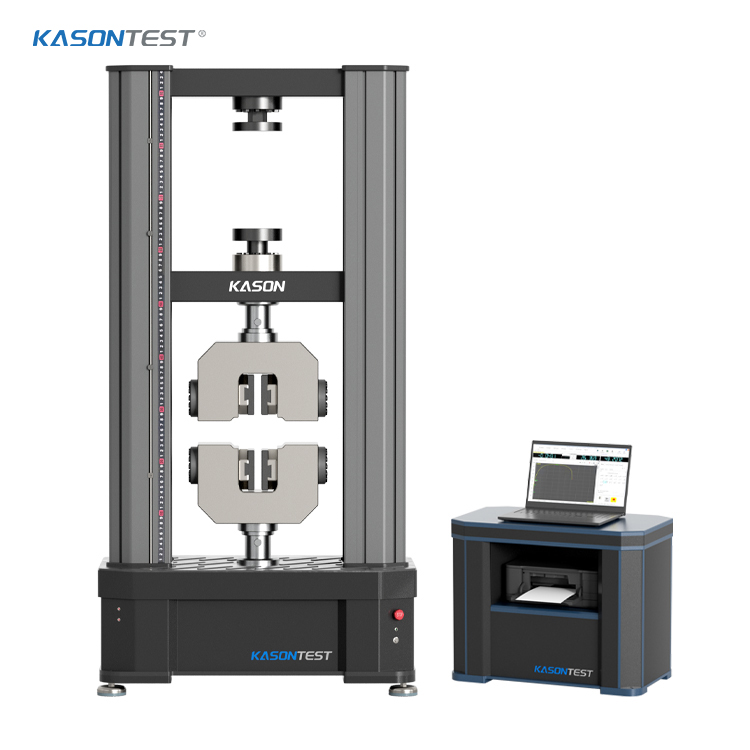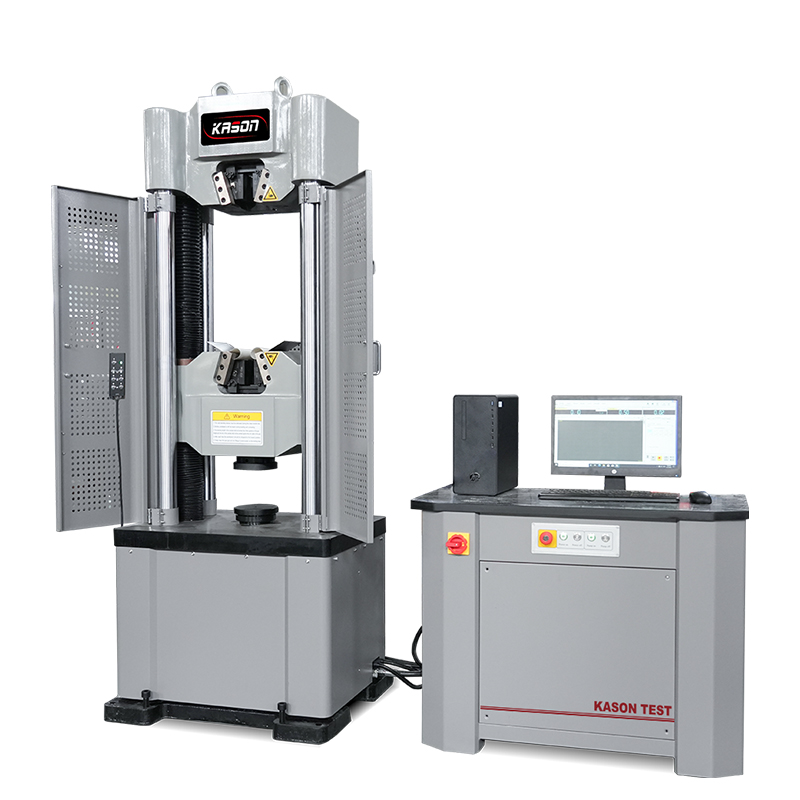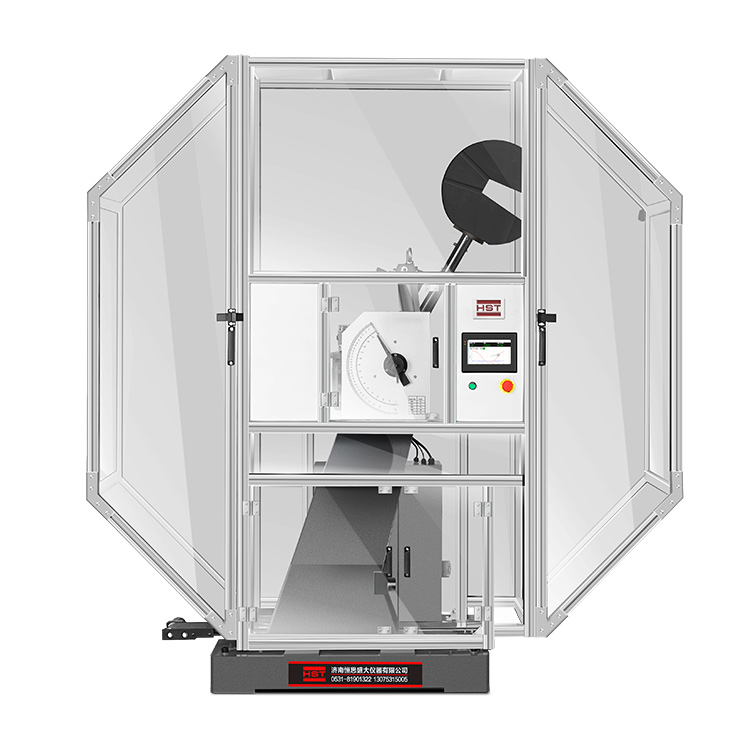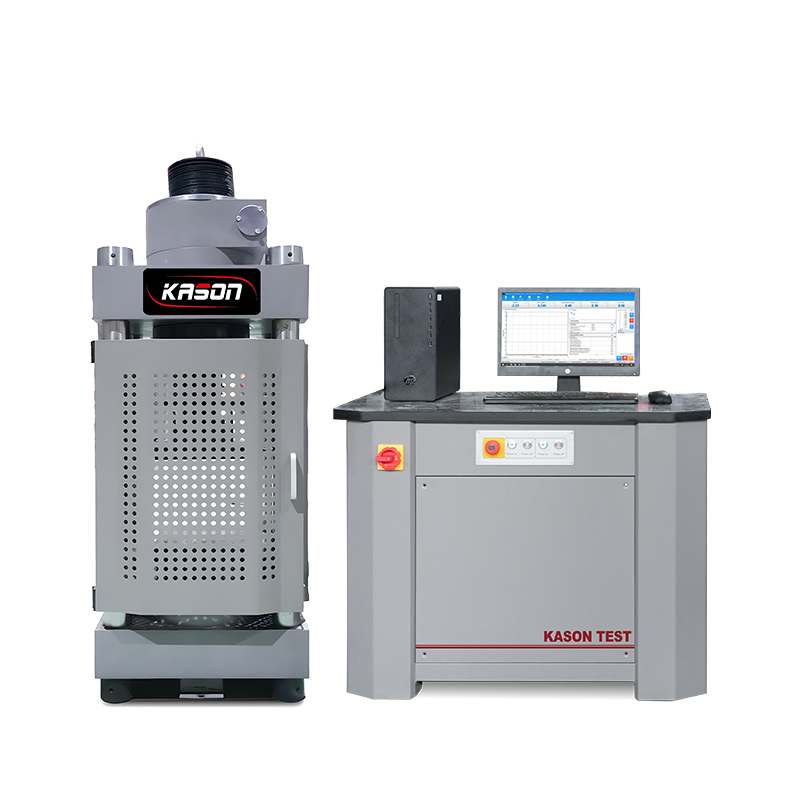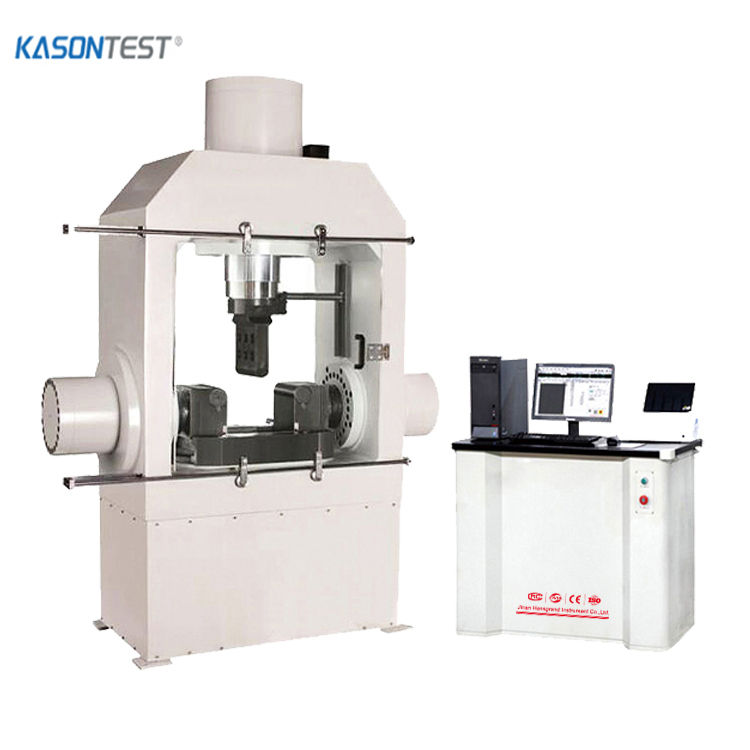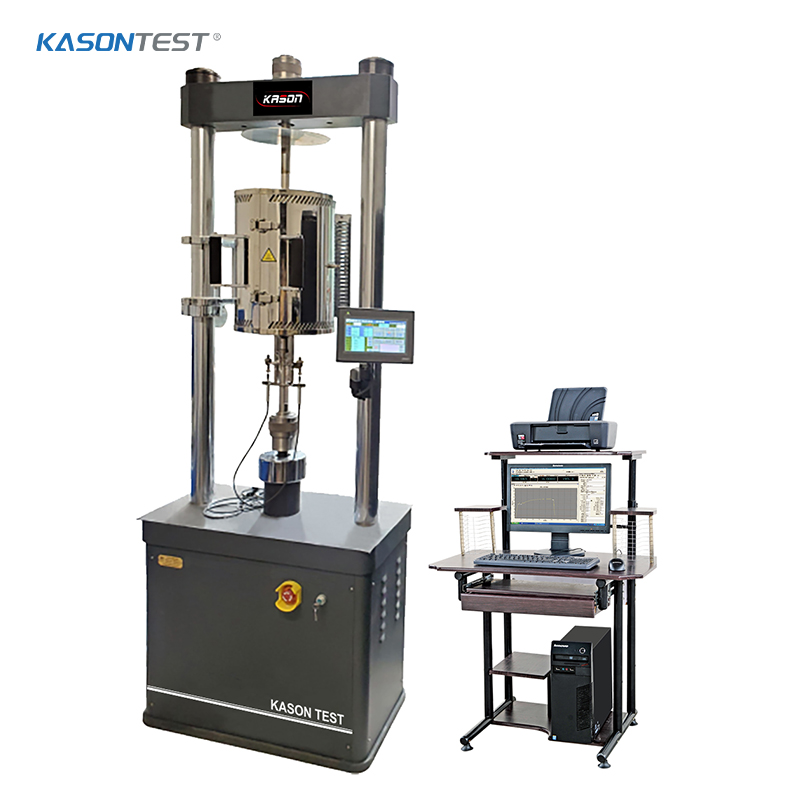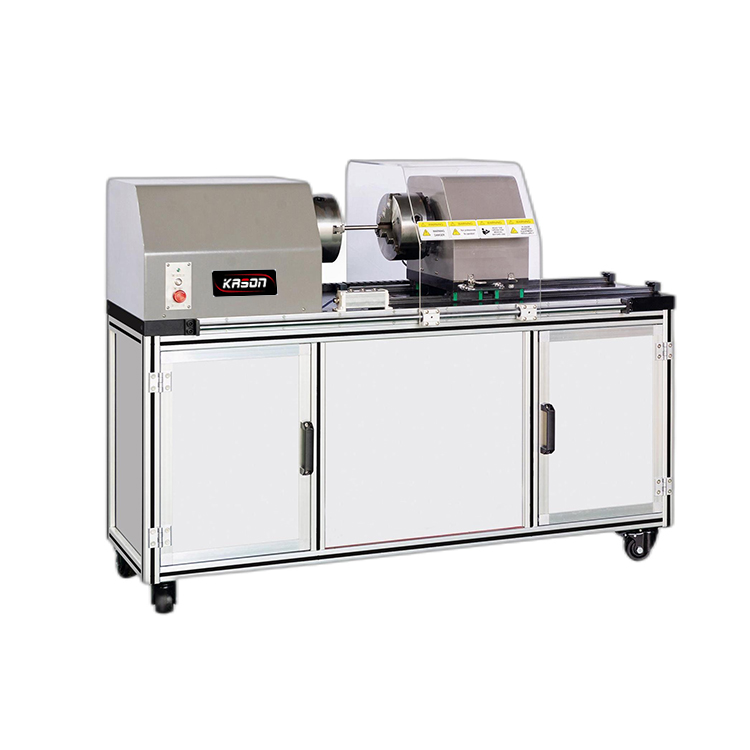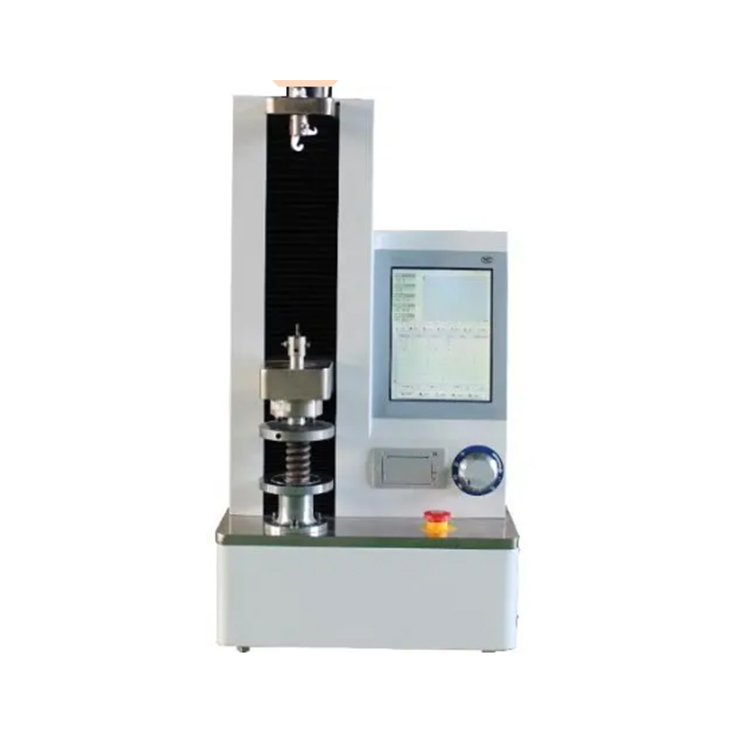Tension & Elongation Test of Elastic Fabric
Tension and elongation testing of elastic fabrics is an important quality control measure in the textile industry. This test measures the amount of force required to stretch fabric and how much it elongates under the applied force.
Tension & Elongation Test of Elastic Fabric
The tension and elongation test is a standard test used to evaluate the mechanical properties of elastic fabrics. This test involves stretching the fabric to a specific length and measuring the force required to do so, as well as the resulting elongation. The results of this test can be used to characterize the stretchiness, strength, and durability of elastic fabrics and inform their use in various applications.
The ASTM D5035 Grab Test method is commonly used for tension and elongation testing of elastic fabrics. This test involves clamping a rectangular-shaped specimen of the fabric between two jaws of a universal testing machine, and then applying a controlled force to stretch the fabric until it breaks. The force required to stretch the fabric and the elongation at the point of breakage is recorded. This test provides valuable information on the tensile strength, elongation, and breaking point of the fabric, which is essential in determining its suitability for various applications.
Another method commonly used for testing elastic fabrics is the ASTM D3107 test method, which measures the stretch properties of the fabric. This test involves clamping a rectangular-shaped specimen of the fabric between two jaws of a universal testing machine and then applying a controlled force to stretch the fabric. The amount of stretch applied to the fabric is recorded and used to calculate the stretch properties of the fabric, including the maximum elongation, force at maximum elongation, and recovery properties.
Tension and elongation testing of elastic fabrics is important in ensuring the quality and performance of the fabric in different applications such as sportswear, underwear, and medical textiles. The results of this test can be used to compare the performance of different fabrics and to determine the effect of processing and environmental conditions on the fabric’s tensile strength and elongation properties. Also learn about ASTM D4964.

